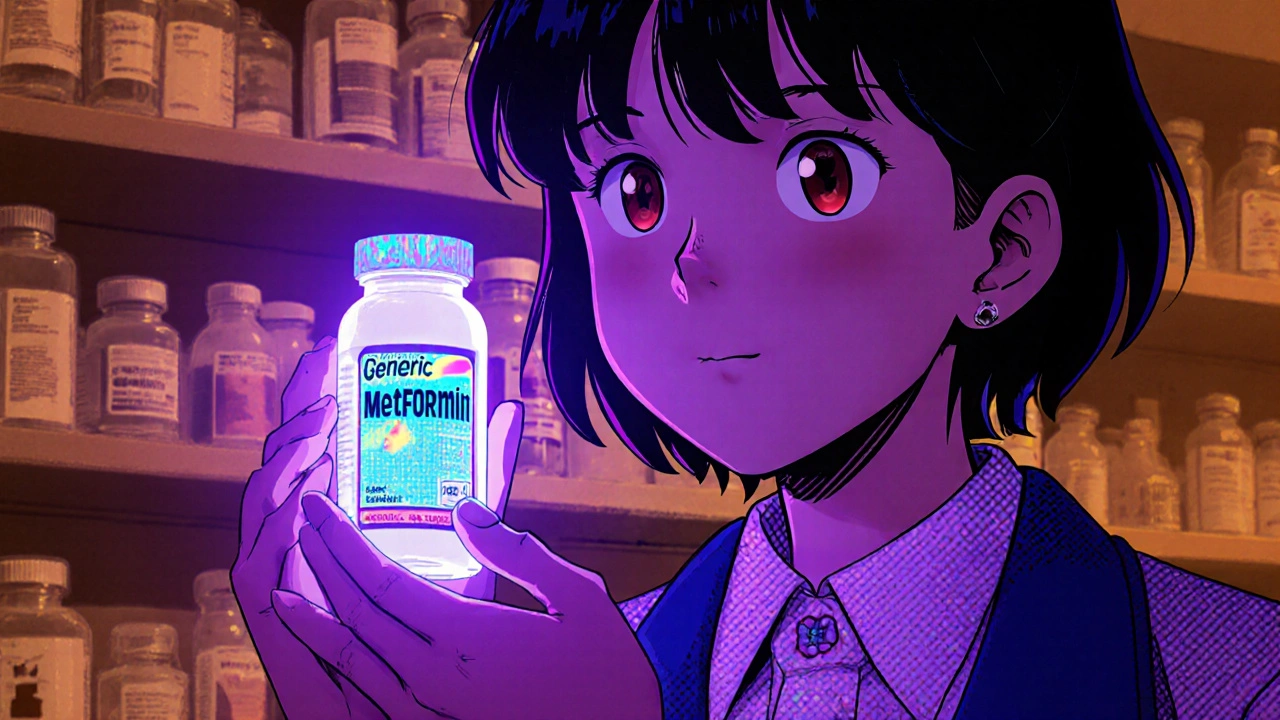Counterfeit Drugs: How to Spot Fake Medications and Stay Safe
When you buy medicine, you trust it will work—and not hurt you. But counterfeit drugs, fake versions of real medications that often contain no active ingredient or dangerous substitutes. Also known as fake medications, they’re sold online, in unlicensed pharmacies, or even in some countries through shady distributors. These aren’t just missing the right chemical—they might have rat poison, cement, or toxic chemicals mixed in. The World Health Organization estimates that 1 in 10 medical products in low- and middle-income countries are substandard or falsified. In some places, that number is way higher.
Medication safety, the practice of ensuring drugs are effective, correctly labeled, and free from contamination isn’t just about taking pills the right way. It’s about knowing where they came from. Many people turn to online pharmacies because they’re cheaper, but most aren’t legal. A pill bought from a site with no physical address, no licensed pharmacist, or no way to verify its source is a gamble with your life. Drug authenticity, the verified identity and composition of a pharmaceutical product should be non-negotiable. Real drugs come with tamper-proof packaging, batch numbers, and manufacturer details you can check. Fake ones often have blurry logos, misspelled words, or packaging that feels cheap.
Counterfeit drugs aren’t just a problem overseas. They’re flooding into the U.S. and Europe through fake websites that look like real pharmacies. You might think you’re buying Viagra, but you get a pill with no sildenafil—or worse, a toxic mix of chemicals meant for industrial use. Some fake antibiotics don’t cure infections—they make them worse by encouraging drug-resistant bacteria. Fake diabetes pills can send blood sugar soaring. Fake cancer drugs? They give false hope while the disease keeps spreading.
How do you avoid them? Never buy medicine from a site that doesn’t ask for a prescription. Look for the VIPPS seal (Verified Internet Pharmacy Practice Sites) if you’re in the U.S. Check the packaging against photos on the official manufacturer’s site. If the price seems too good to be true, it is. Talk to your pharmacist—they can spot fakes faster than you can Google it.
And if you’ve already taken something suspicious? Don’t wait. Report it to your local health authority or the FDA’s MedWatch program. You might save someone else’s life.
Below, you’ll find real stories and practical guides on how to protect yourself—from spotting bad packaging to understanding why some drugs are more likely to be faked than others. These aren’t theoretical warnings. These are lessons from people who’ve been there.

Packaging and Labeling: How to Verify the Authenticity of Generic Medicines
Learn how to spot counterfeit generic medicines by checking packaging, using UV lights, and understanding spectroscopy. Protect yourself from fake drugs that can cause serious harm.